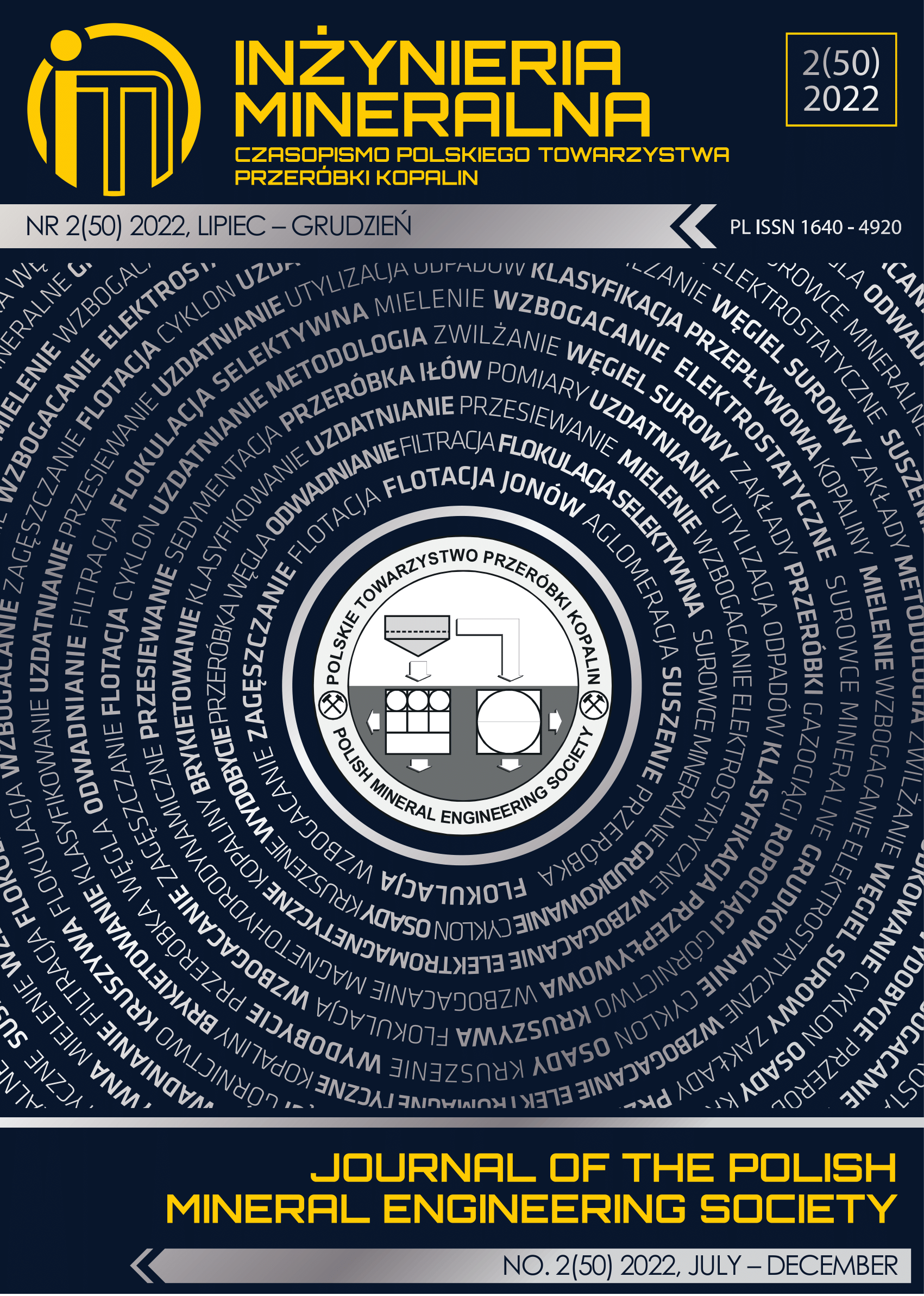Application of Clustering Method in Different Geophysical Parameters for Researching Subsurface Environment
Abstract
Safety of construction needs knowledge of physical parameters as stiffness or porosity of the subsurface environment. Combination of different geophysical methods such as electrical resistivity imaging and multichannel analysis of surface waves can provide distributions of resistivity and shear velocity which are responsible for the underground physical parameters. Their joint interpretation can solve individual problems of none-uniqueness of the solutions when expressing two inversion results to describe environment characteristics. In our work, the k-means clustering method can categorize the two parameters into specific zones that can help to interpret the geophysical data effectively. Our workflow consists of two stages in which two independent geophysical data are inverted and the k-means clustering is applied to the two results for achieving the specified groups. The collocated geophysical data are measured in District 9, Ho Chi Minh City, Vietnam. Matching with the geology drillhole information, the joint results generally present layered medium with the upper zone having smaller resistivity and shear velocity values and the bottom zone of stronger stiffness.
This journal permits and encourages authors to post items submitted to the journal on personal websites or institutional repositories both prior to and after publication, while providing bibliographic details that credit, if applicable, its publication in this journal.







.png)
